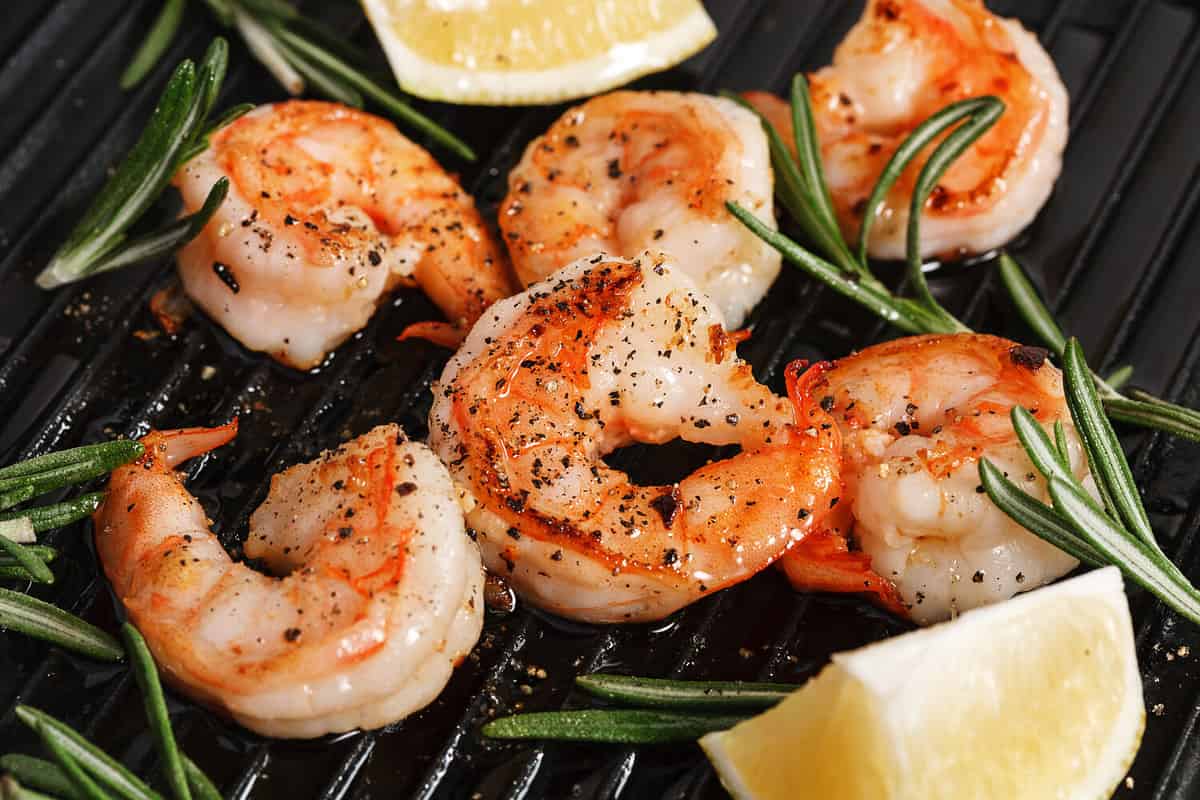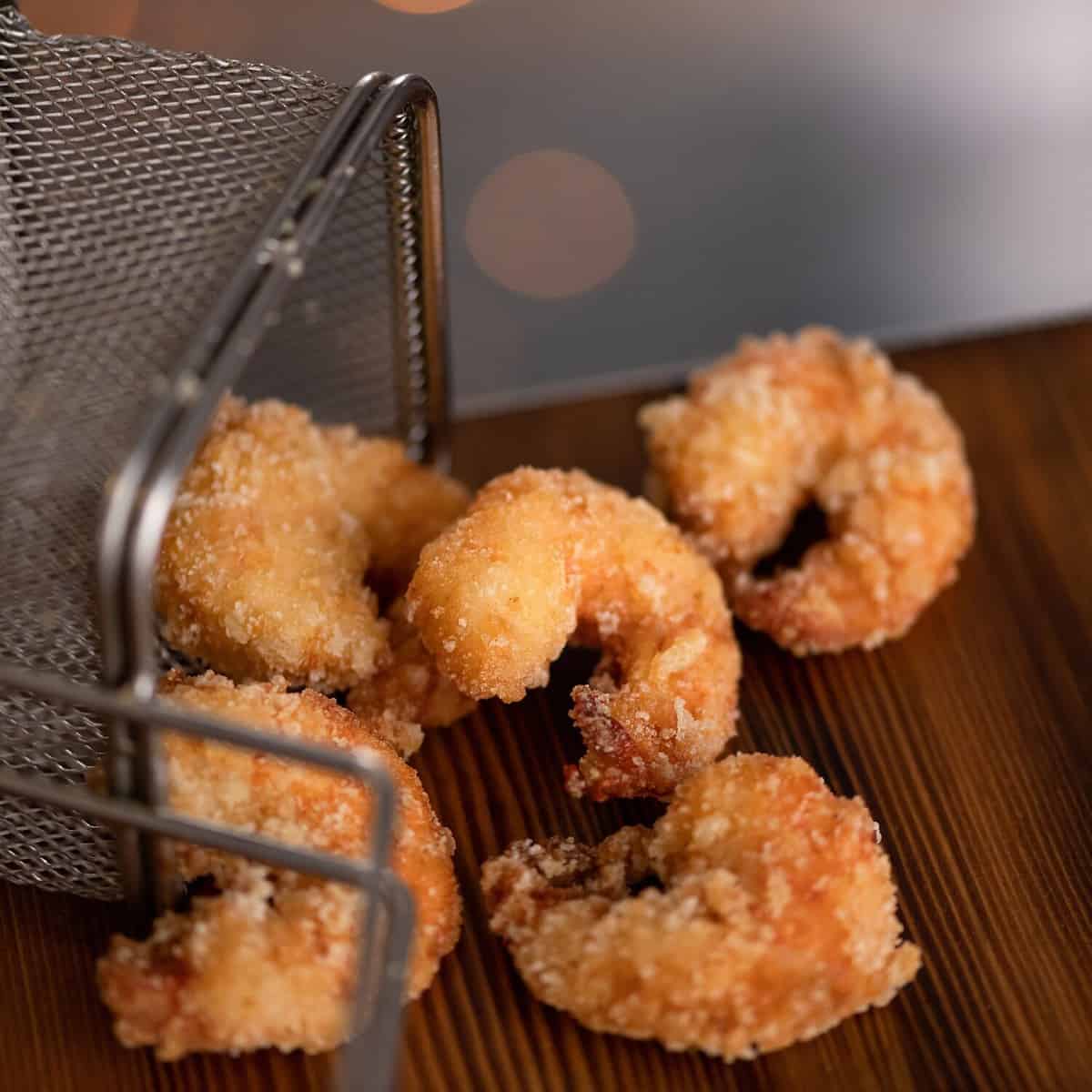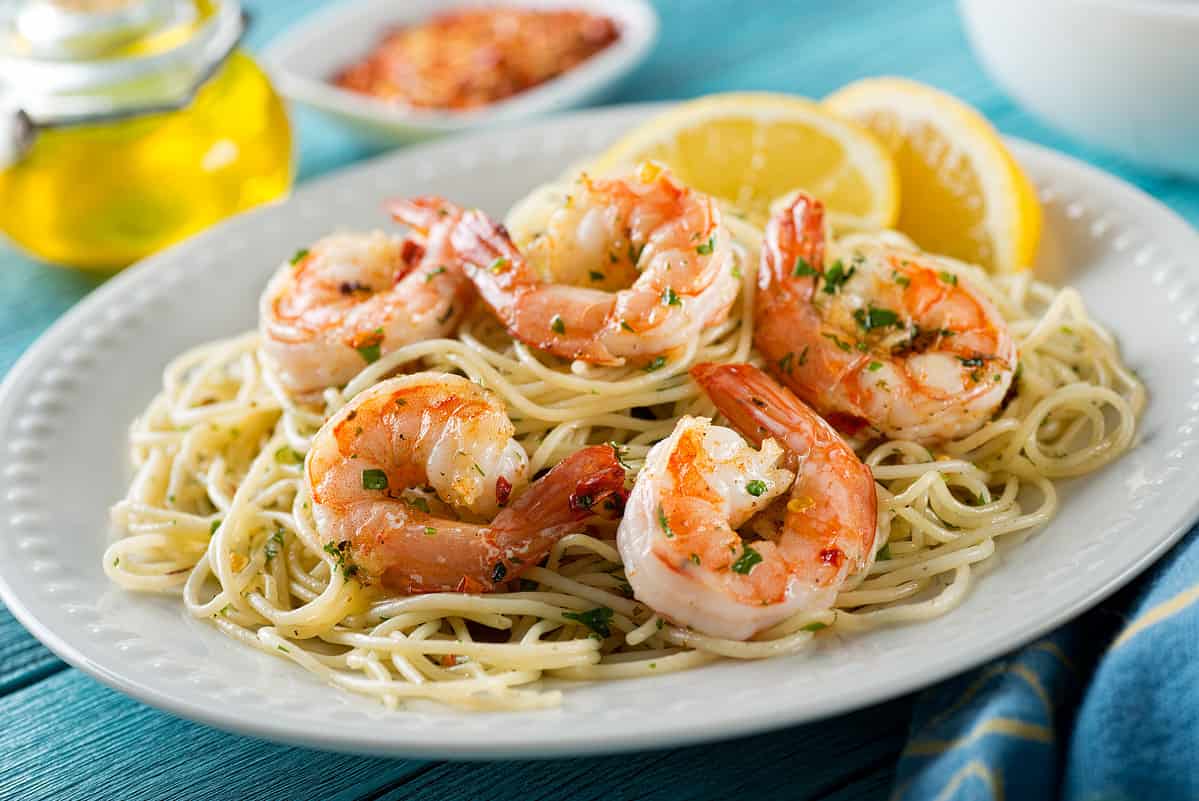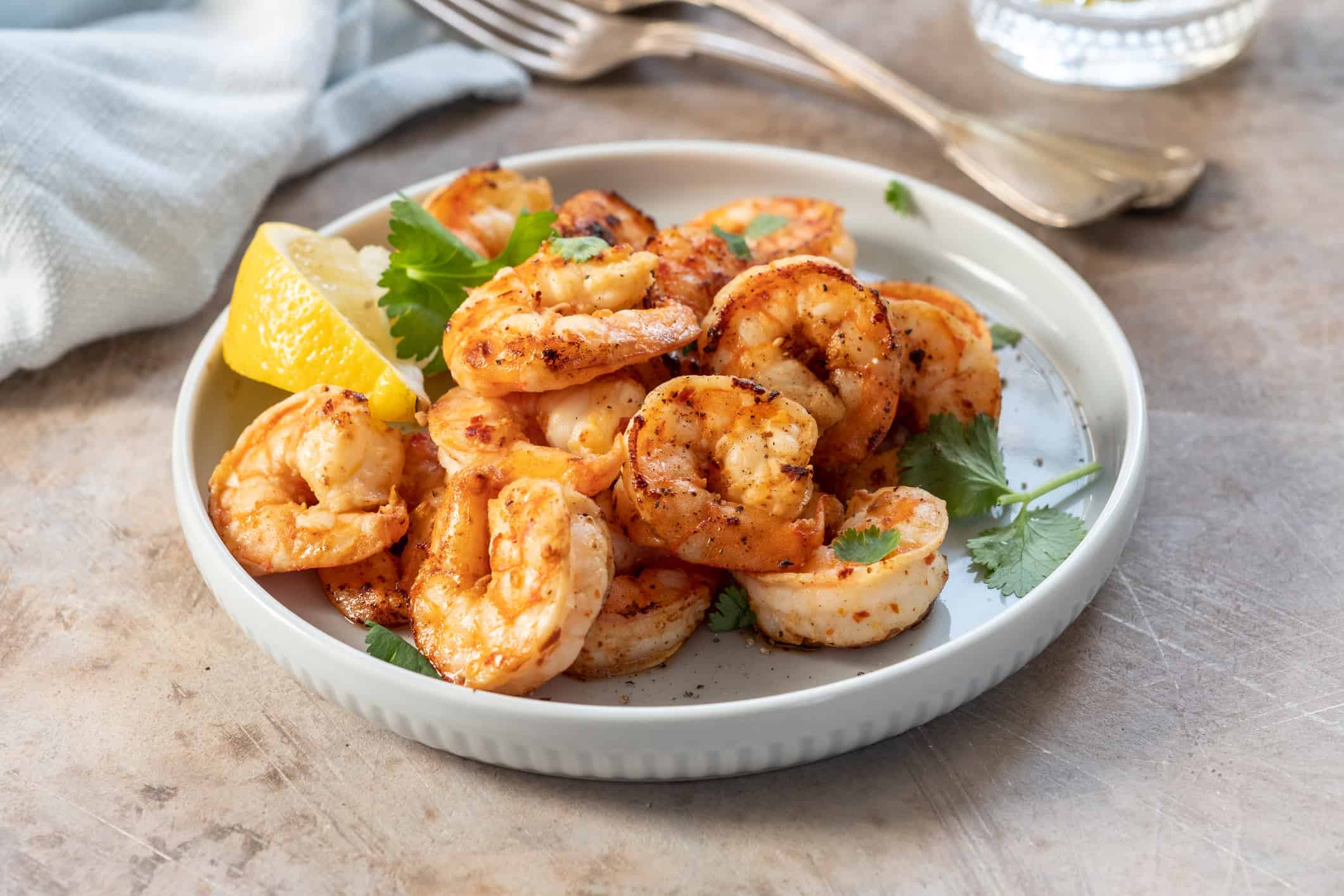Shrimp, with its delicate yet succulent flesh, is a versatile seafood that lends itself to a variety of cooking methods. Whether you're a seafood enthusiast or a beginner in the kitchen, mastering the art of cooking shrimp perfectly can elevate your culinary repertoire and impress your taste buds. In this article, we will explore eight different techniques that will help you unlock the full potential of shrimp, from steaming and roasting to sautéing and grilling. Each method offers its own unique flavors and textures, allowing you to tailor your preparation to suit your preferences and create mouthwatering dishes. So. get ready to dive into the world of shrimp and discover the secrets to cooking it perfectly every time!
1. Steaming Shrimp:
Steaming shrimp is a versatile cooking method that utilizes hot steam to cook seafood. This is an indirect cooking technique that helps retain the nutrients, vibrant color, and natural flavors of the shrimp. This gentle cooking process is known for preserving the texture of the shrimp, resulting in tender yet slightly crisp bites. Steaming shrimp is a popular choice as it requires minimal preparation and cooking time, making it a quick and convenient way to enjoy this delicious seafood.
How To Steam Shrimp:
To steam shrimp, start by preparing the shrimp and placing them in a steamer basket above simmering water. Cover and steam for about 5-7 minutes until the shrimp are cooked through and tender.
2. Roasting Shrimp:
Roasting shrimp is a flavorful method that enhances the natural taste of seafood while adding a delightful crispy texture. This method allows the heat to caramelize the natural sugars present in the shrimp, resulting in a slightly sweet and nutty flavor. The high heat also causes the edges of the shrimp to become pleasantly crispy, adding an enjoyable textural element to the dish. Roasting shrimp offers versatility as you can season them with various herbs, spices, or even cheese before roasting, allowing for creative flavor combinations.
How To Roast Shrimp:
To roast shrimp, preheat the oven to a high temperature, toss the shrimp with olive oil, salt, and pepper, and spread them out on a baking sheet. Roast for approximately 10-12 minutes until the shrimp is cooked through and the edges are golden brown.
3. Sautéing Shrimp:
Sautéing shrimp involves quickly cooking the seafood in a skillet with a small amount of oil or butter over medium-high heat. This cooking method allows the shrimp to cook rapidly while retaining its vibrant color and crispness. Sautéing enhances the natural flavors of the shrimp, as the high heat helps to caramelize the sugars, resulting in a slightly sweeter taste. The quick cooking time and minimal oil required make sautéed shrimp a healthy and flavorful option, perfect for adding to stir-fries, pasta dishes, or enjoying as a simple side.
How to Sauté Shrimp:
To sauté shrimp, start by selecting a skillet and heating it over medium heat. Add a drizzle of oil or butter, then add the shrimp and any desired seasonings or aromatics. Sauté for about 2-3 minutes until the shrimp turns pink and opaque. The quick cooking time ensures that the shrimp retains its texture and flavor.
4. Boiling Shrimp:
Boiling shrimp is a straightforward and versatile cooking method that involves submerging the seafood in boiling water until it is cooked through. This method offers several benefits, including ease of preparation and the ability to infuse flavors into the shrimp. The boiling process partially softens the shrimp, making it easier to digest while still maintaining its natural crispness. Also, boiling shrimp before incorporating it into other recipes, such as salads or casseroles, helps to remove any bitterness and ensures a balanced flavor in the final dish.
How to Boil Shrimp:
To boil shrimp, start by bringing a pot of salted water to a boil. Add the shrimp and cook for 2-3 minutes until they turn pink and opaque. Quickly transfer the shrimp to a bowl of ice water to stop the cooking process and preserve its texture. Boiled shrimp can be enjoyed on its own, added to salads, or used in various recipes.
5. Grilling Shrimp:

©KudPhotoCreate/Shutterstock.com
Grilling shrimp is a popular cooking method that imparts a smoky flavor and creates a unique charred texture. This method offers several benefits, including the ability to infuse bold flavors and the option to experiment with different seasonings and marinades. When exposed to the direct heat of the grill, the shrimp develops a smoky char and a slightly crispy exterior, while the inside remains tender. This combination of textures, along with the smoky flavor, adds depth and complexity to the shrimp. The grilling process also allows for creative presentation options, as the charred shrimp adds an attractive element to any dish.
How to Grill Shrimp:
To grill shrimp, preheat the grill to medium-high heat and lightly brush the shrimp with oil or marinade. Place the shrimp directly on the grill grates and cook for 2-3 minutes per side until they are pink and opaque. The smoky aroma and slightly crispy texture will add a delightful twist to your shrimp. Grilled shrimp pairs well with a variety of seasonings, such as lemon zest, balsamic glaze, or Parmesan cheese, allowing for endless flavor possibilities.
6. Braising Shrimp:
Braising shrimp is a cooking technique that involves searing the shrimp in a hot pan and then slowly simmering it in a flavorful liquid. This is a great method for shrimp as it helps to infuse the seafood with rich flavors and results in tender, succulent shrimp. The benefits of braising shrimp include the ability to create a delicious sauce or broth that complements the shrimp, as well as the convenience of a one-pot cooking method.
How to Braise Shrimp:
To braise shrimp, start by heating a skillet or Dutch oven over medium-high heat and adding oil or butter. Sear the shrimp on both sides until they develop a golden crust. Then, add liquid such as broth, wine, or a combination of both, along with aromatics and seasonings. Reduce the heat to low, cover the pan, and simmer for about 5-7 minutes until the shrimp are cooked through and the flavors have melded together. Braised shrimp can be served with the cooking liquid as a sauce or used in various recipes.
7. Frying Shrimp:

©artgray/Shutterstock.com
Frying shrimp is a popular cooking method that results in crispy, golden-brown shrimp with a delicious flavor. The benefits of frying shrimp include the quick cooking time, which allows for a crispy exterior while keeping the shrimp tender and juicy on the inside. Frying shrimp also offers versatility, as they can be breaded or coated with various seasonings or batter for added flavor and texture.
How to Fry Shrimp:
To fry shrimp, start by heating oil in a deep skillet or deep fryer to the appropriate temperature. Dredge the shrimp in flour, breadcrumbs, or a batter of your choice, ensuring they are evenly coated. Carefully place the shrimp in the hot oil and fry for about 2-3 minutes until they turn golden brown. Use a slotted spoon or tongs to remove the shrimp from the oil and place them on a paper towel-lined plate to drain excess oil. Fried shrimp can be served as an appetizer, added to salads, or used in sandwiches or tacos.
8. Shrimp Scampi:

©iStock.com/Fudio
Shrimp scampi is a classic dish that features shrimp cooked in a flavorful garlic and butter sauce. The benefits of shrimp scampi include the simplicity of the dish and the ability to showcase the natural sweetness of the shrimp. The garlic and butter sauce adds richness and depth of flavor to the shrimp.
How to Make Shrimp Scampi:
To make shrimp scampi, start by heating butter and olive oil in a skillet over medium heat. Add minced garlic and sauté until fragrant. Add the shrimp and cook for about 2-3 minutes per side until they turn pink and opaque. Remove the shrimp from the skillet and set aside. Deglaze the skillet with white wine or chicken broth, and simmer until slightly reduced. Add lemon juice, salt, pepper, and any desired herbs or spices. Return the shrimp to the skillet and toss to coat them in the sauce. Serve the shrimp scampi over pasta, rice, or with crusty bread to soak up the flavorful sauce.
The image featured at the top of this post is ©iStock.com/Azurita.
